Narrow-leaf Nardoo
Display all 14 images
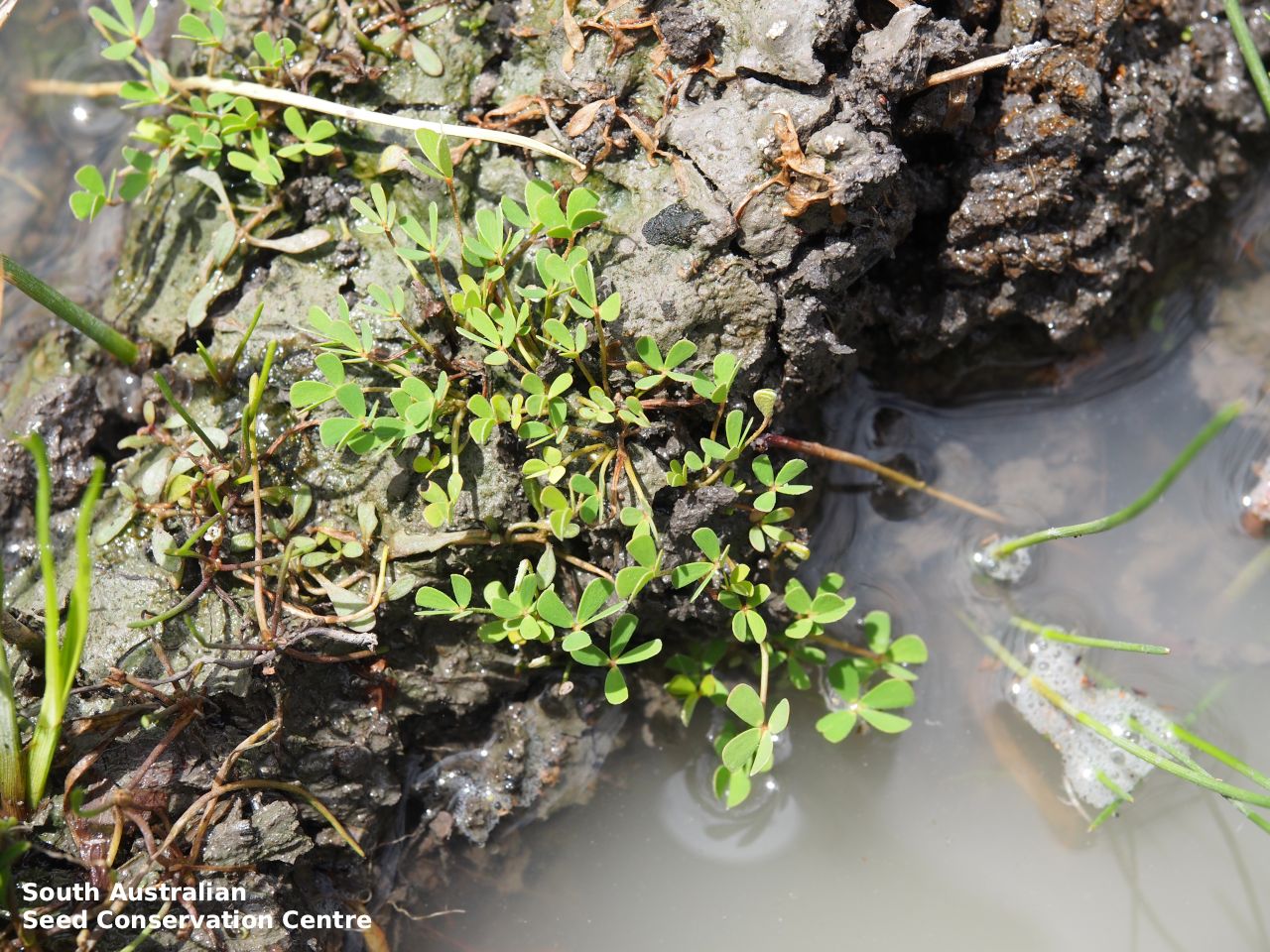
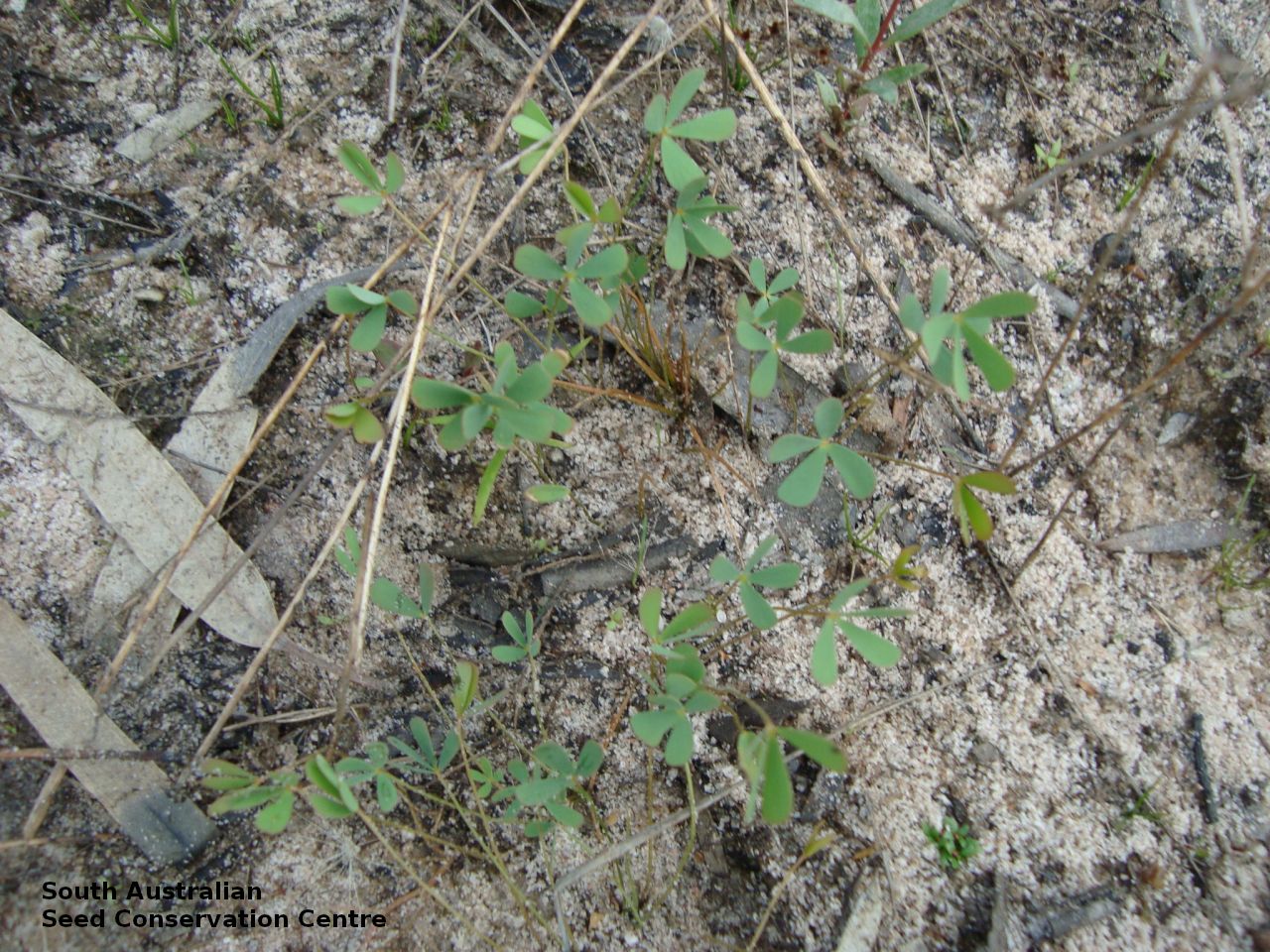
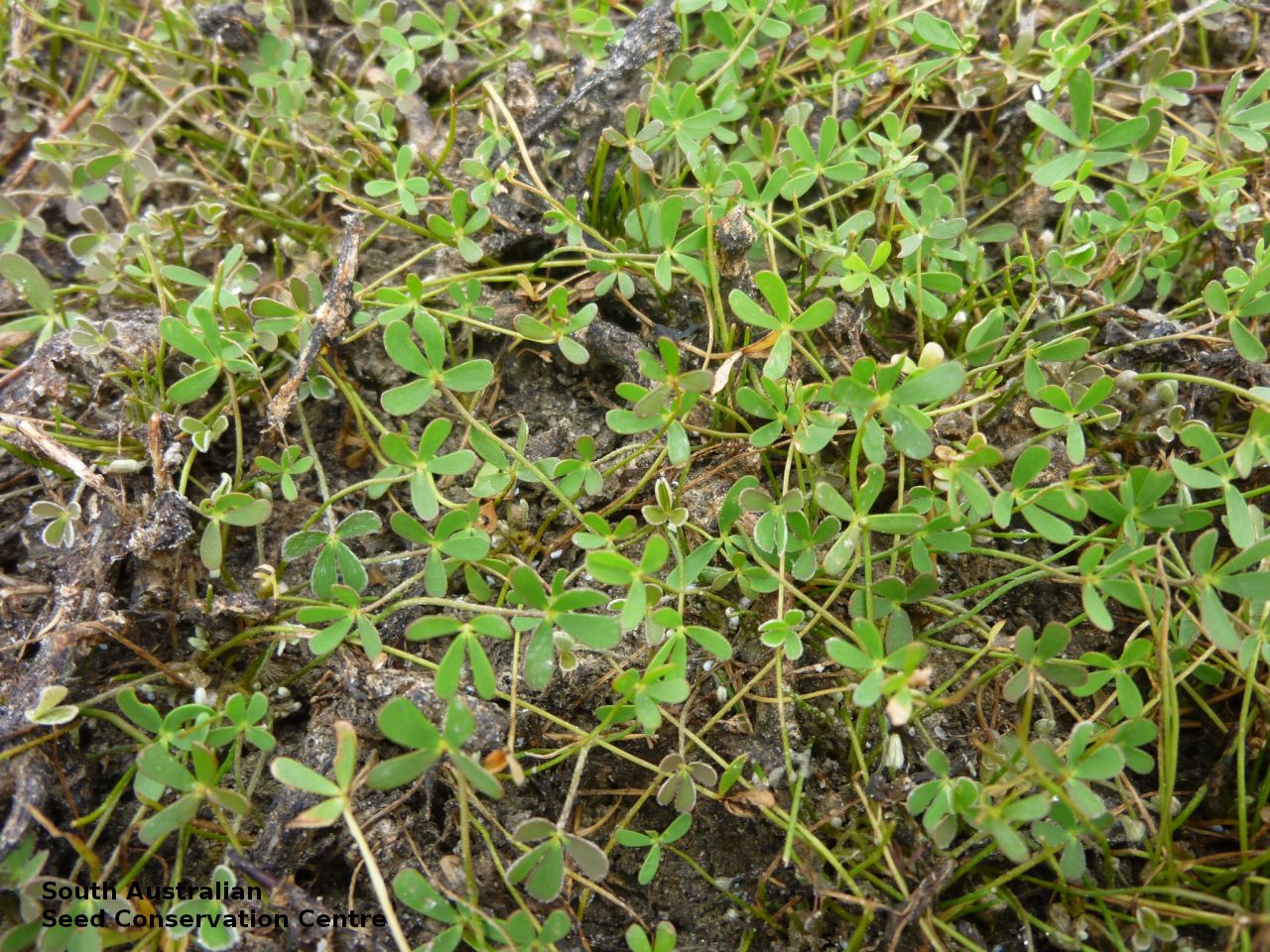
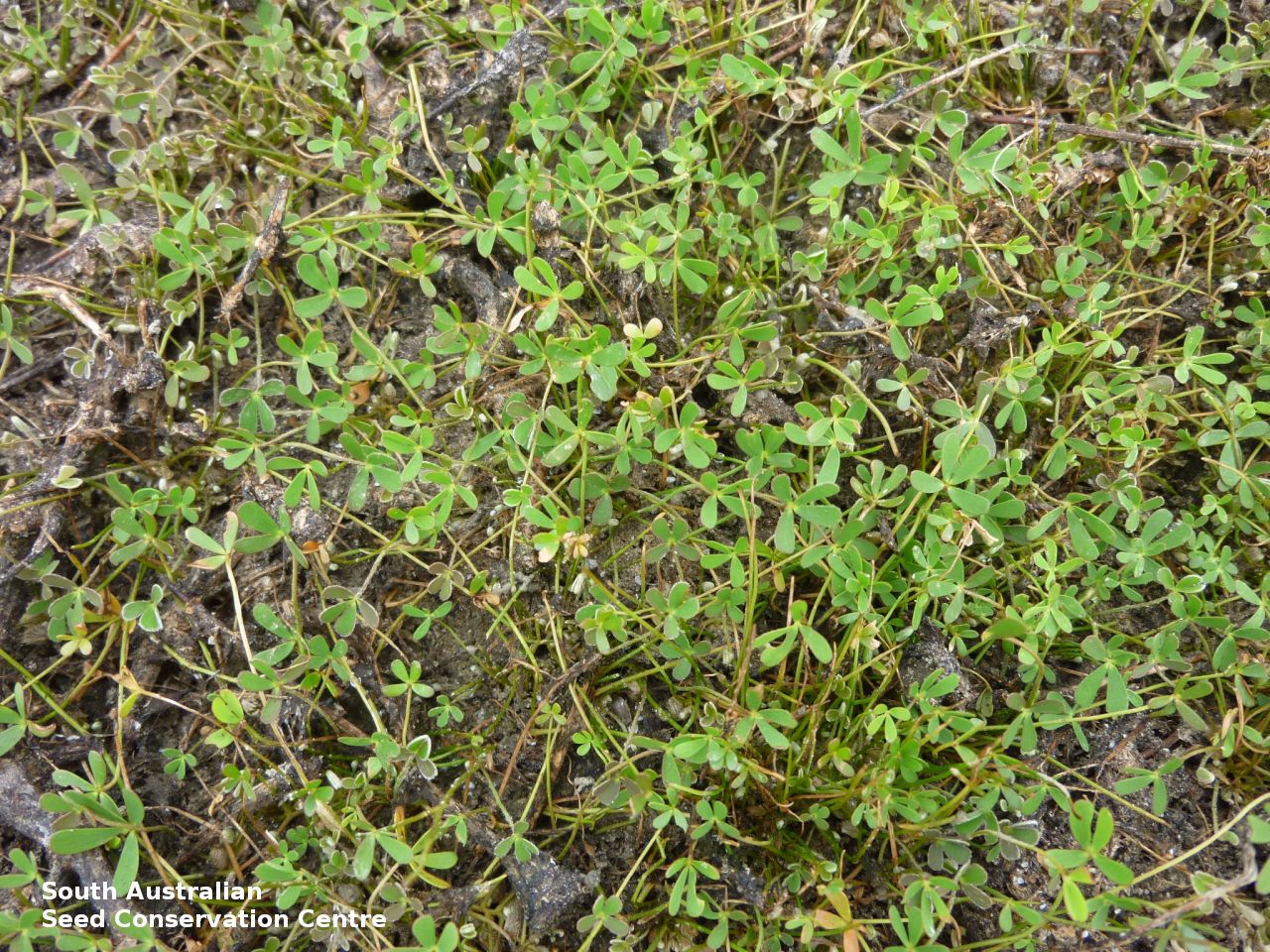
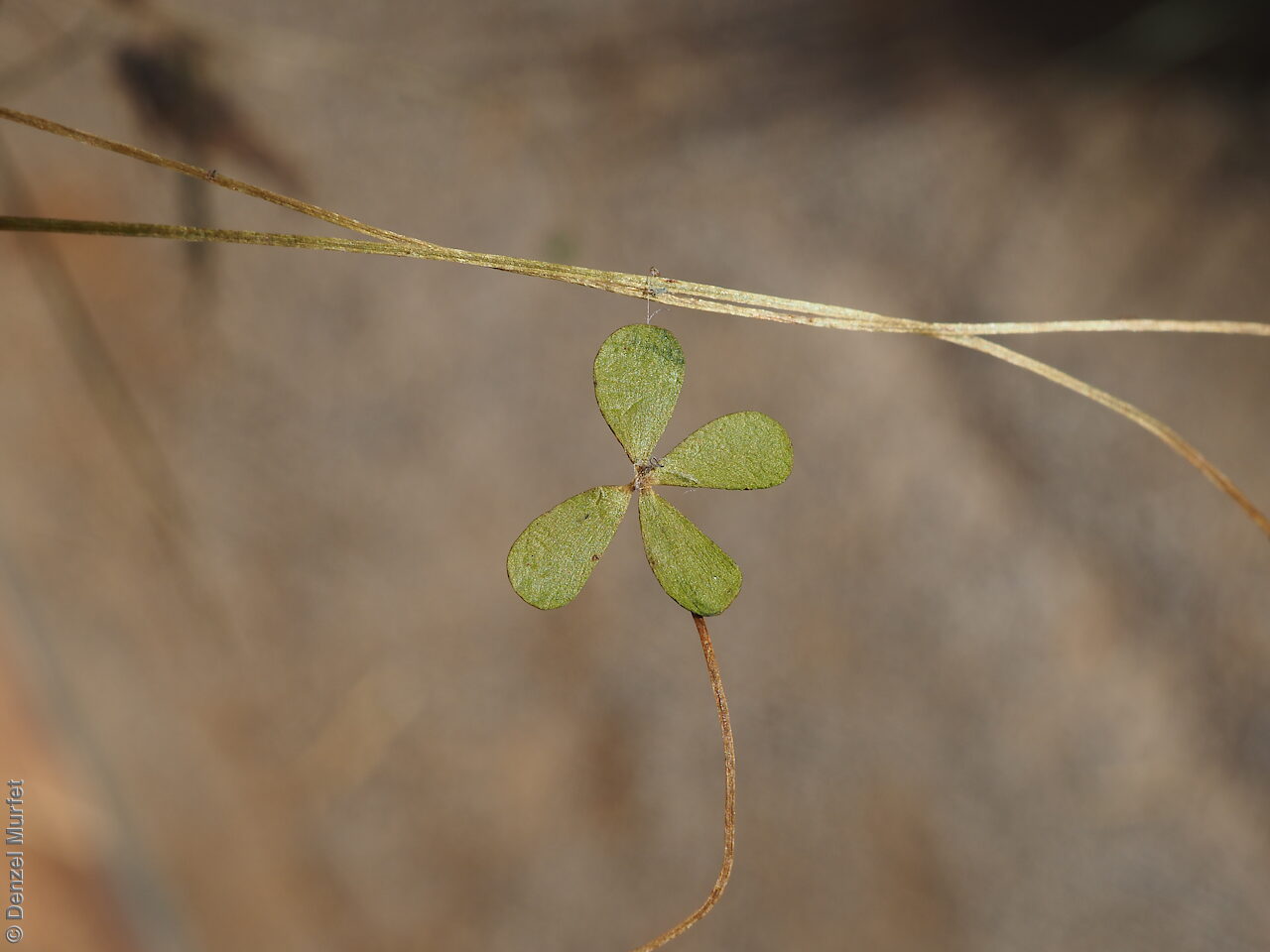
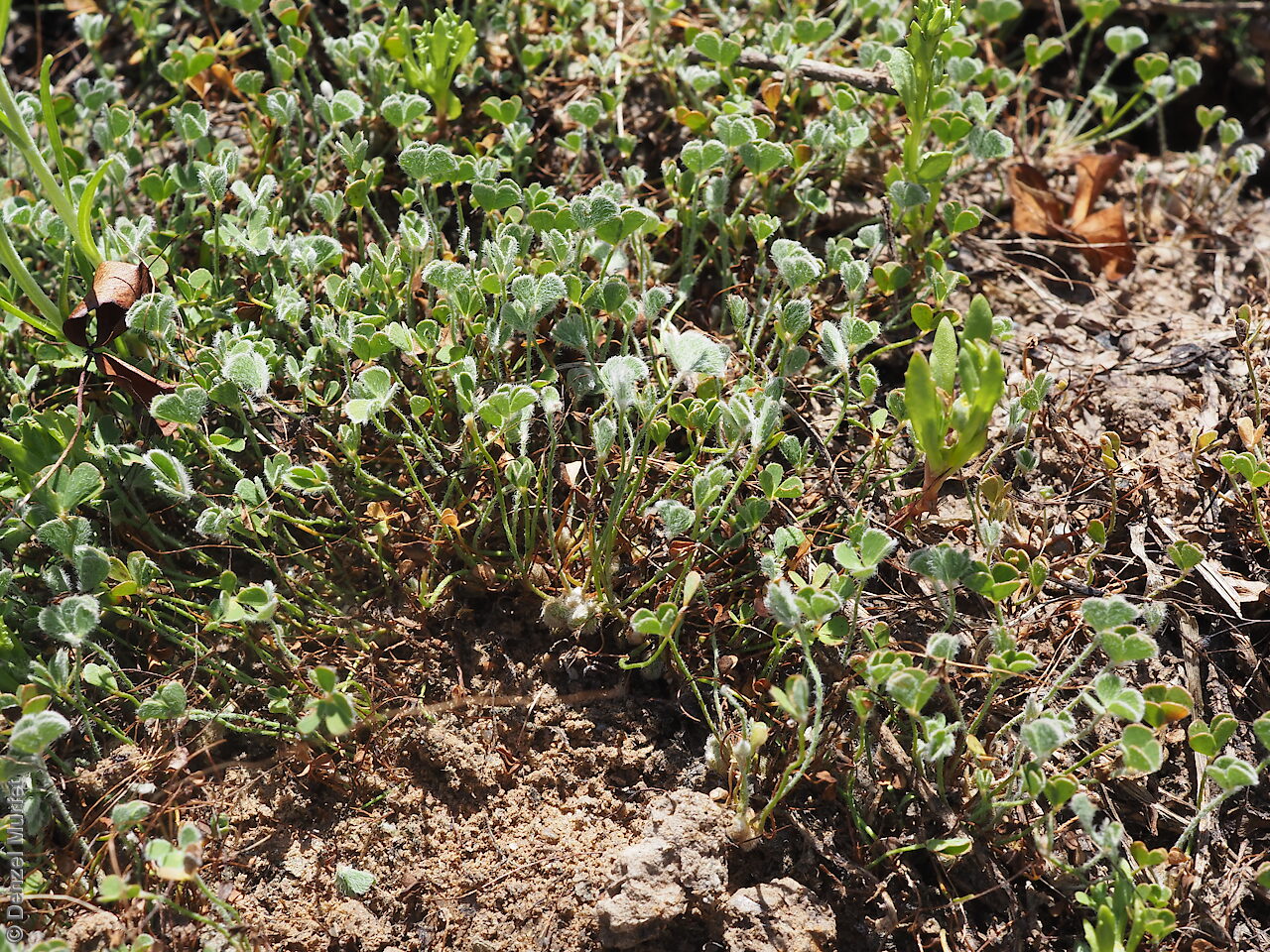
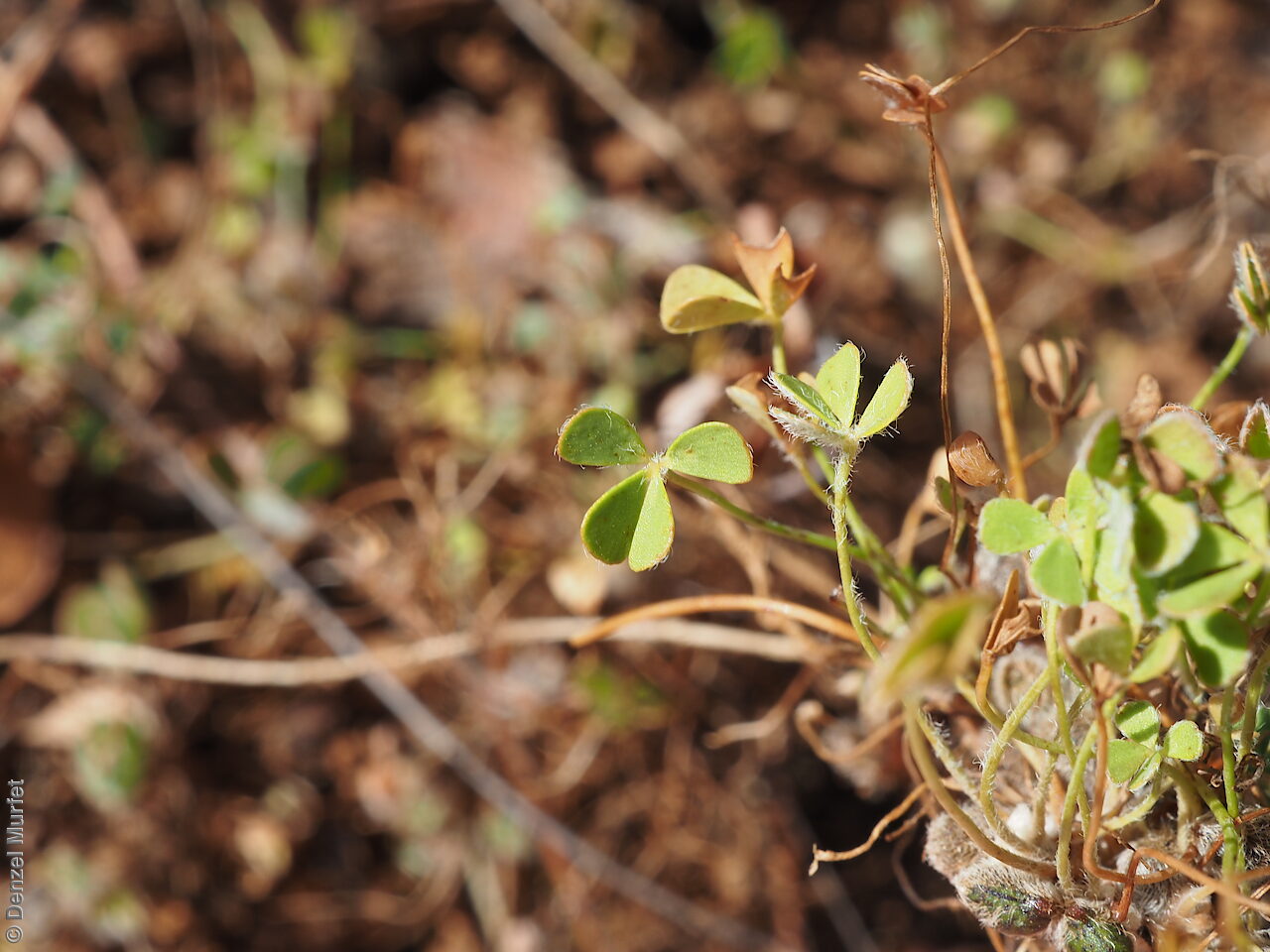
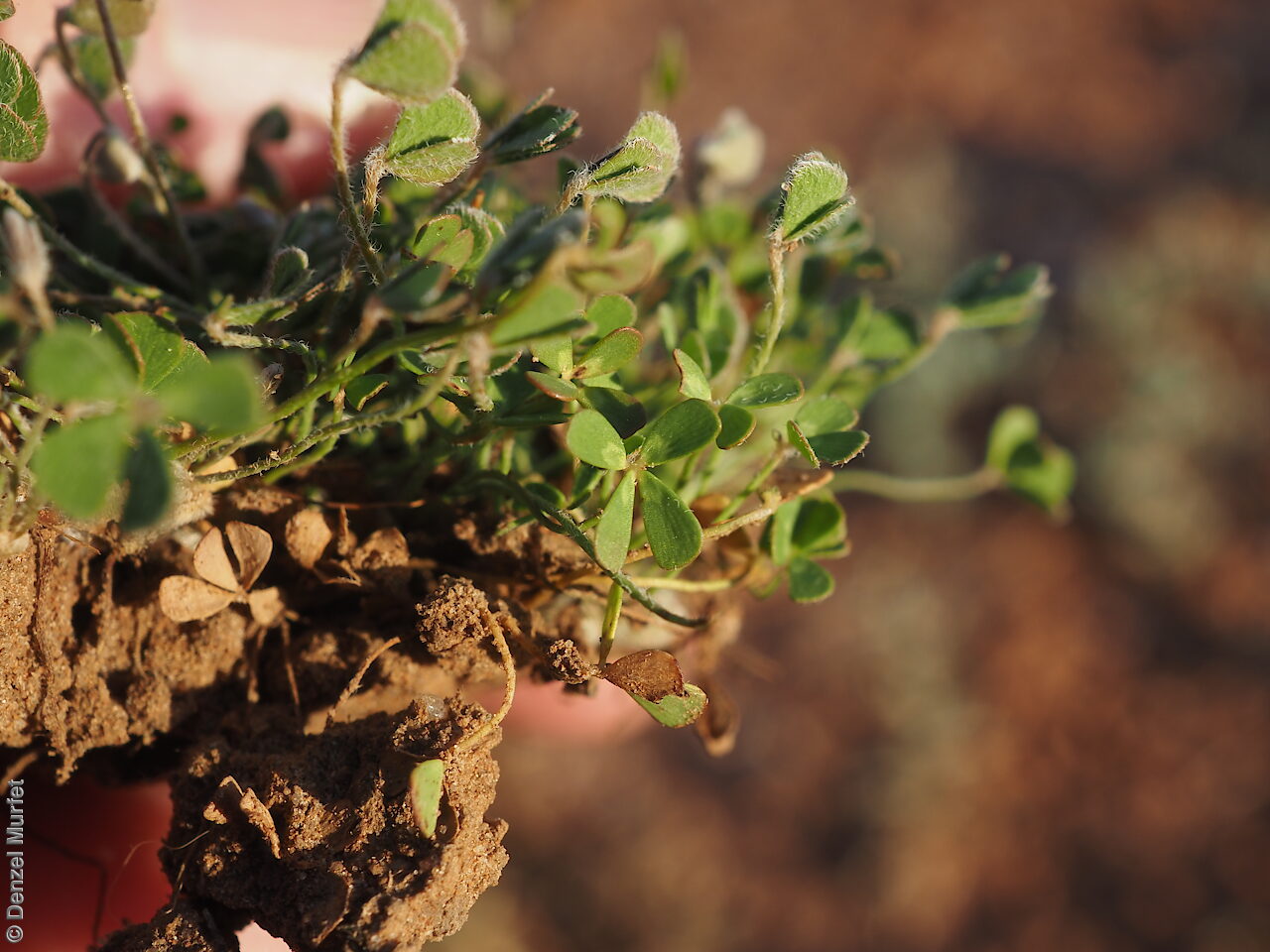
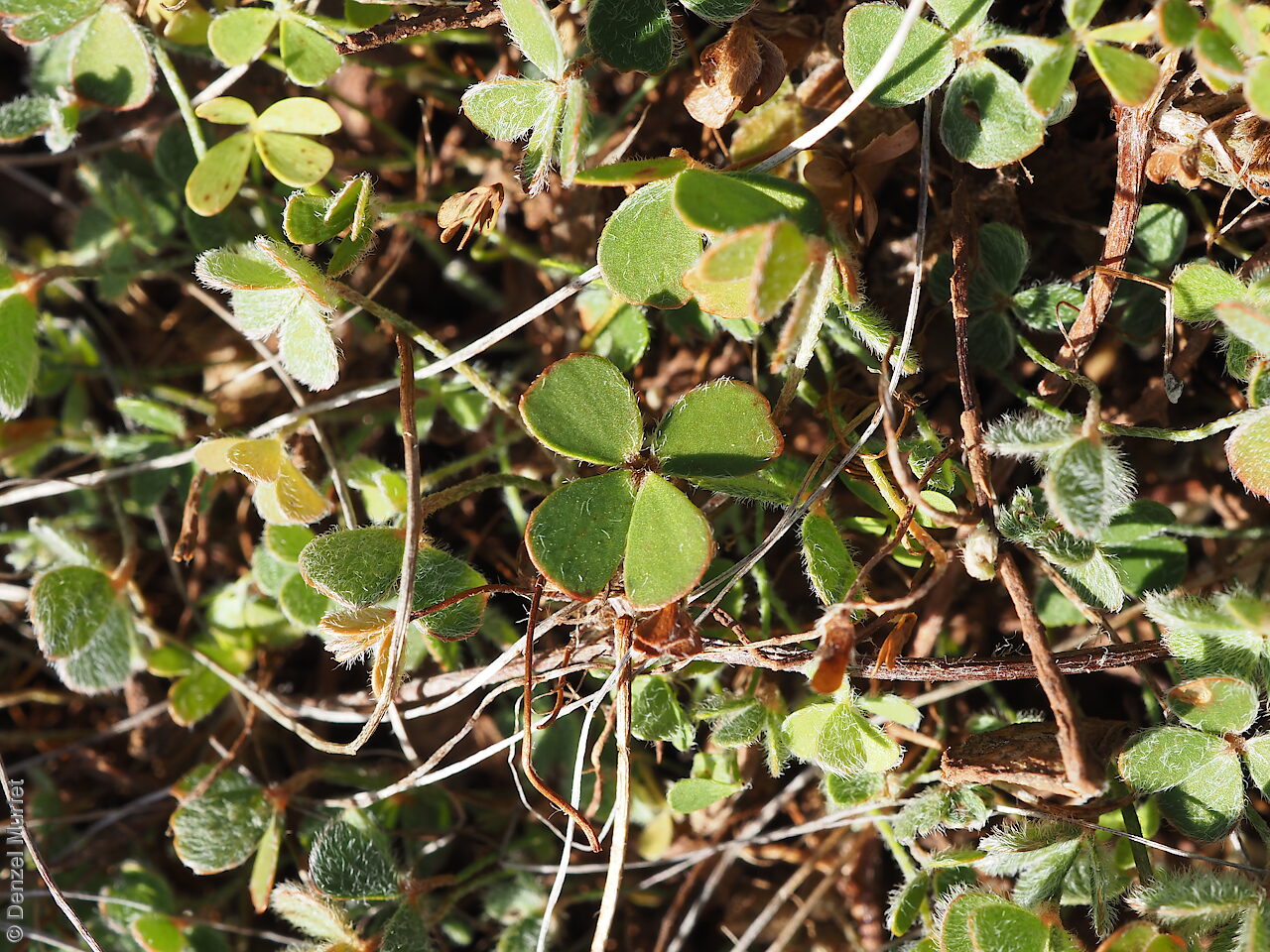
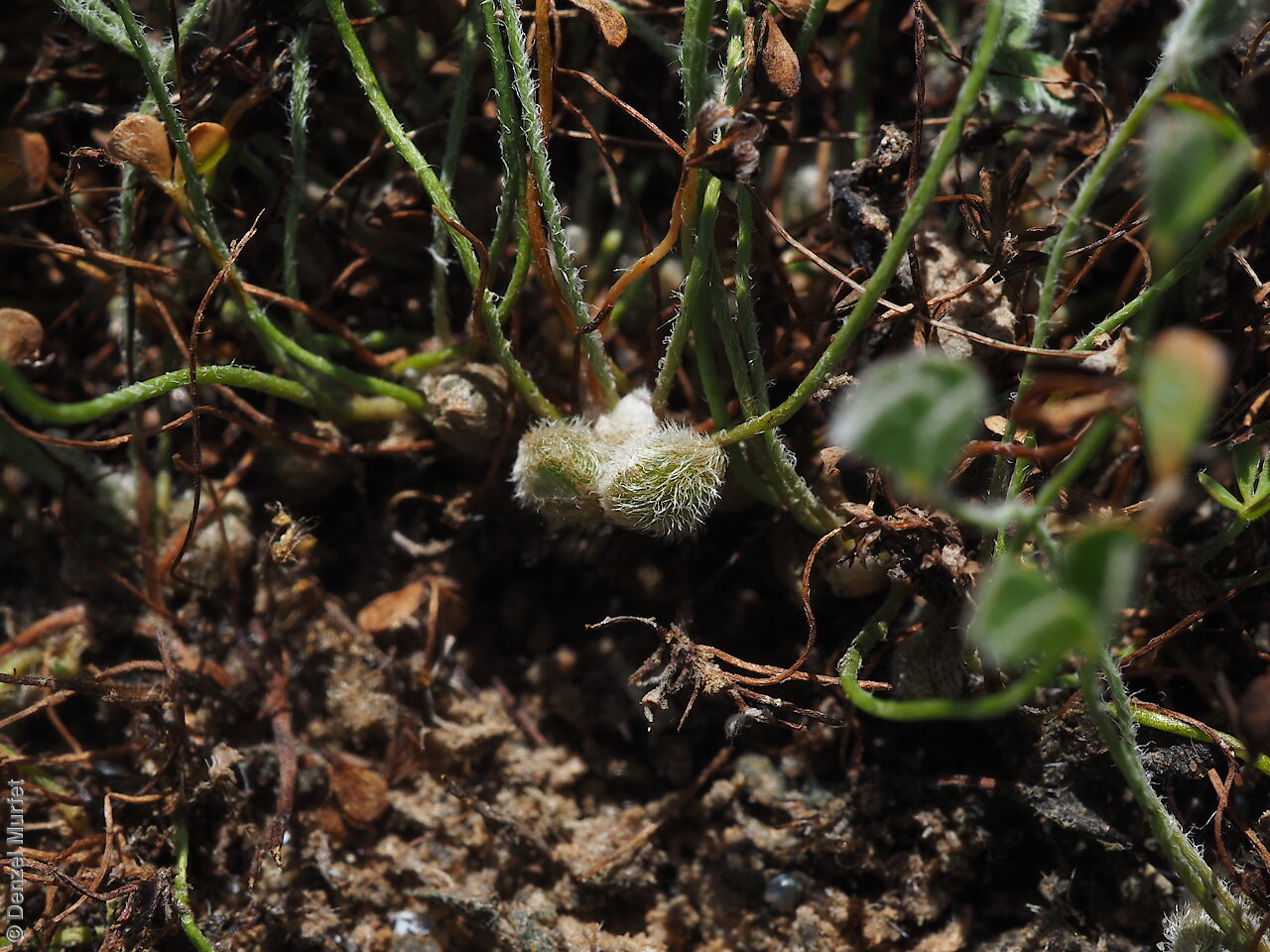
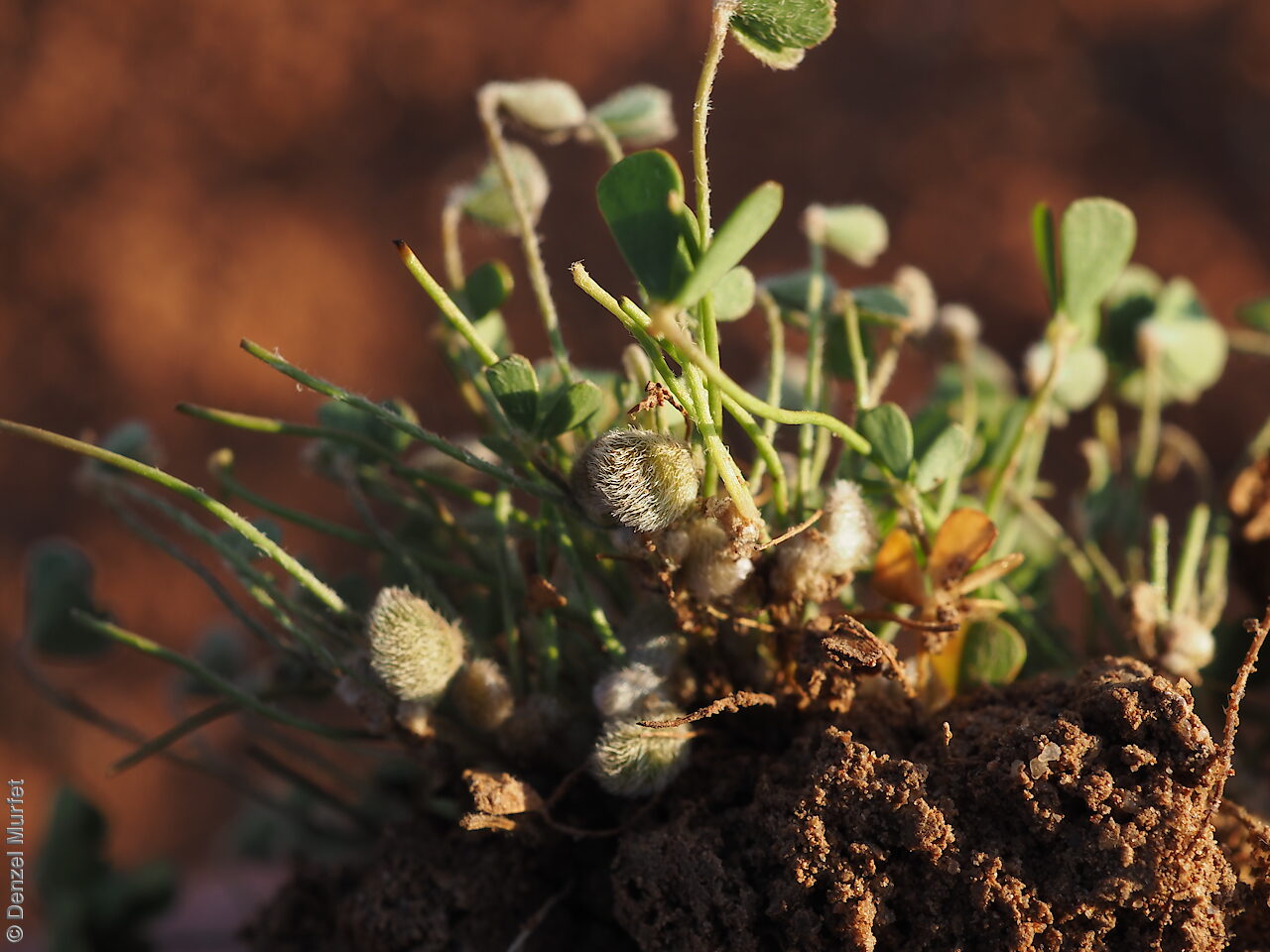
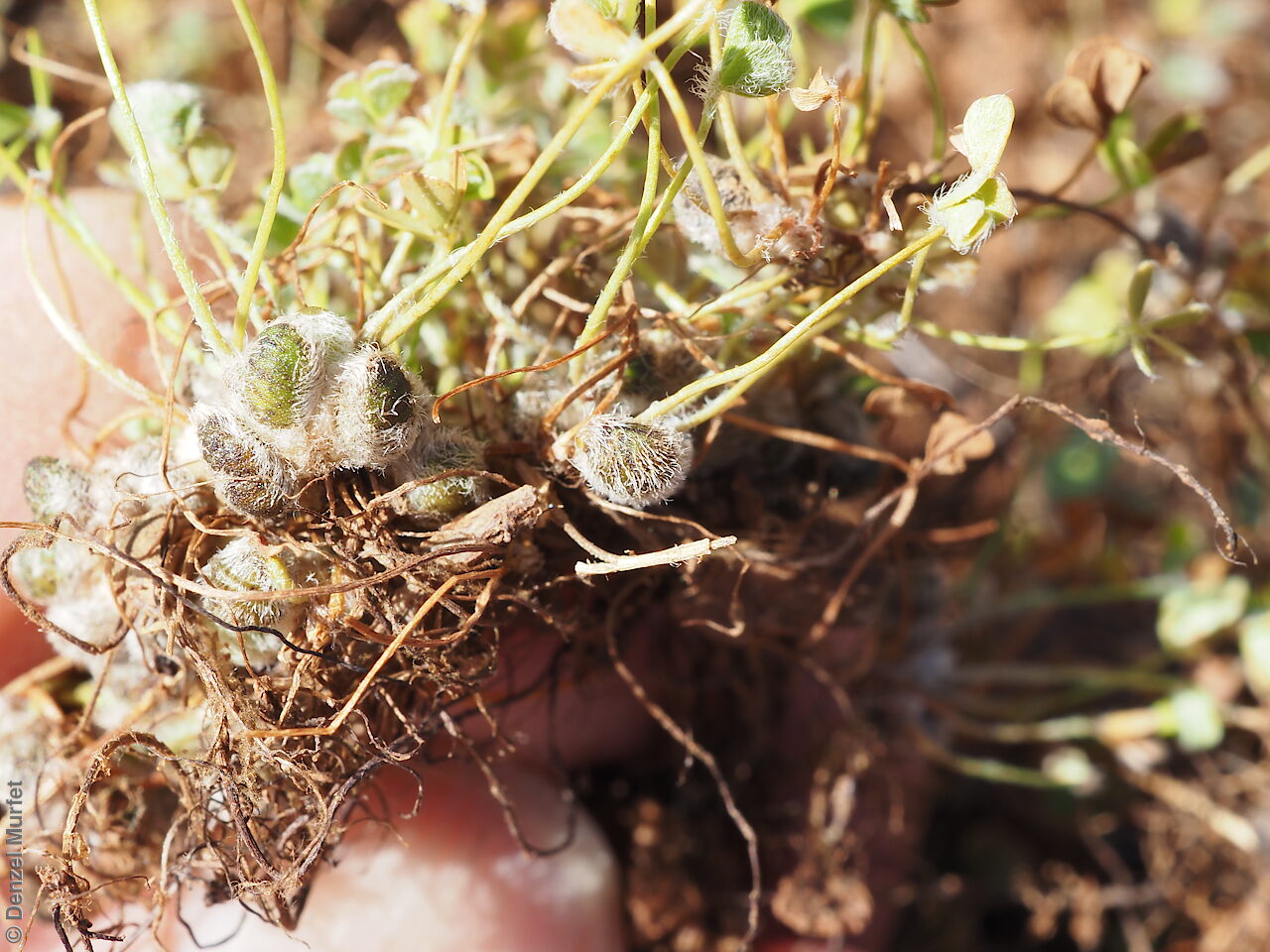
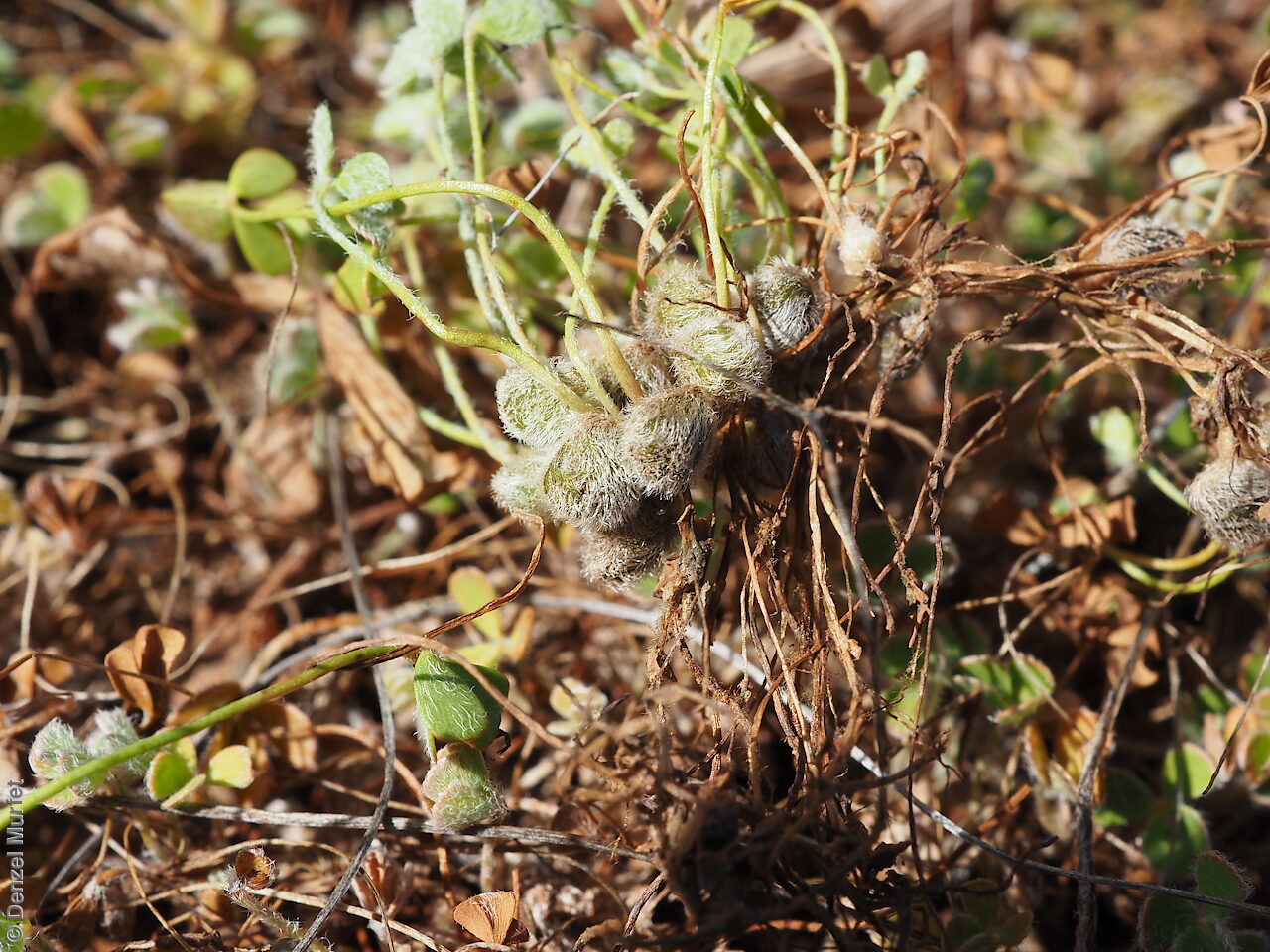
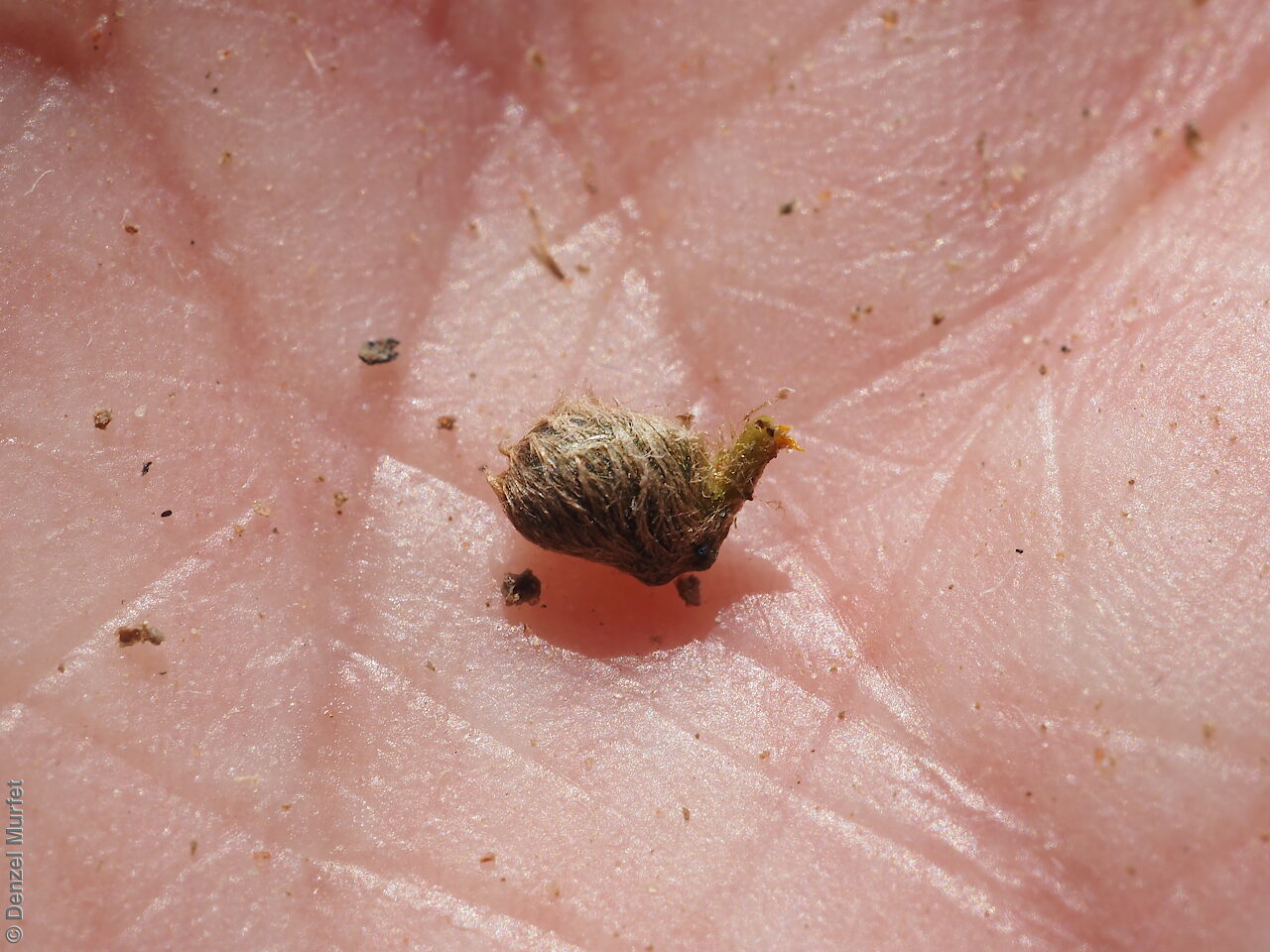
Regional Species Conservation Assessments per IBRA subregion.

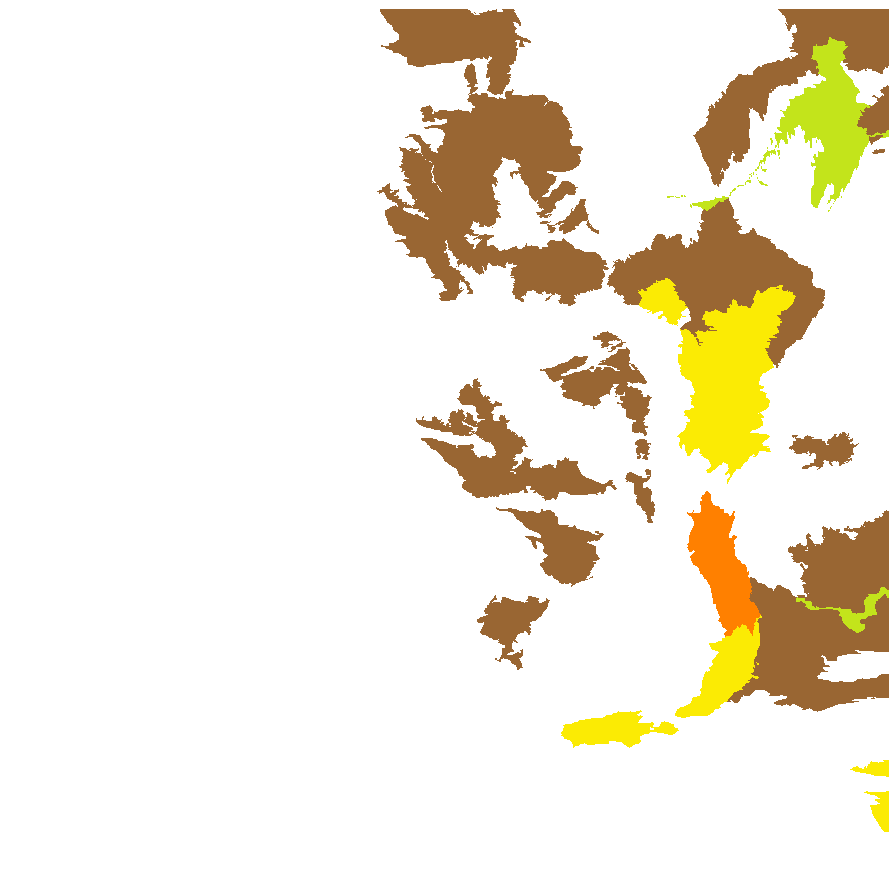
Least concern
Near threatened
Rare
Vulnerable
Endangered
Critically endangered
Extinct
Data deficient
Adelaide
Arkaroola
Ceduna
Coober Pedy
Hawker
Innamincka
Marla
Marree
Mount Gambier
Oodnadatta
Renmark
Wudinna
Keith
Yunta
Display IBRA region text
| Kangaroo Island (KAN01) | Kanmantoo | Vulnerable (IUCN: VU D2) |
| Fleurieu (KAN02) | | Vulnerable (IUCN: VU D2) [in Myponga; lack of records] |
| Mount Lofty Ranges (FLB01) | Flinders Lofty Block | Vulnerable (IUCN: VU D2) [requires fresh water; lack of records] |
| Broughton (FLB02) | | Endangered (IUCN: EN B2ab(i,ii,iii)) (Probable Decline) |
| Northern Flinders (FLB05) | | Vulnerable (IUCN: VU B2ab(i,ii,iii); D2) (Probable Decline) [limited habitat; climate sensitive, changed hydrology, goats - threats] |
| Central Flinders (FLB06) | | Vulnerable (IUCN: VU B2ab(i,ii,iii); D2) (Probable Decline) [limited habitat; in Wilpena; climate sensitive, changed hydrology, goats - threats] |
| Eyre Hills (EYB03) | Eyre Yorke Block | Rare (IUCN: RA d(ii)) |
| South Olary Plain (MDD01) | Murray Darling Depression | Rare (IUCN: RA d(ii)) [popn fluctuates with rainfall] |
| Murray Mallee (MDD02) | | Rare (IUCN: RA d(i,ii)) (Probable Decline) [edge of range; poorly collected] |
| Wimmera (MDD05) | | Vulnerable (IUCN: VU B2ab(i,ii,iii)) (Probable Decline) |
| Murray Scroll Belt (RIV06) | Riverina | Near Threatened (Probable Decline) [appears after floods; does not tolerate salinity] |
| Gawler Volcanics (GAW02) | Gawler | Rare (IUCN: RA d(ii)) |
| Arcoona Plateau (GAW04) | | Rare (IUCN: RA d(ii)) |
| Bimbowrie (BHC05) | Broken Hill Complex | Rare (IUCN: RA d(i,ii)) (Probable Decline) [stock on dams] |
| Oodnadatta (STP02) | Stony Plains | Rare (IUCN: RA d(i,ii)) |
| Murnpeowie (STP03) | | Rare (IUCN: RA d(i,ii)) |
| Witjira (STP06) | | Rare (IUCN: RA d(i,ii)) |
| Baltana (STP07) | | Rare (IUCN: RA d(i,ii)) |
| Sturt Stony Desert (CHC02) | Channel Country | Rare (IUCN: RA d(i,ii)) [limited habitat] |
| Coongie (CHC06) | | Near Threatened |
| 2 of 2 subregions | Kanmantoo | Vulnerable |
| 4 of 6 subregions | Flinders Lofty Block | Vulnerable , Endangered |
| Eyre Hills (EYB03) | Eyre Yorke Block | Rare (IUCN: RA d(ii)) |
| 3 of 6 subregions | Murray Darling Depression | Rare , Vulnerable |
| Murray Scroll Belt (RIV06) | Riverina | Near Threatened (Probable Decline) [appears after floods; does not tolerate salinity] |
| 2 of 8 subregions | Gawler | Rare |
| Bimbowrie (BHC05) | Broken Hill Complex | Rare (IUCN: RA d(i,ii)) (Probable Decline) [stock on dams] |
| 4 of 7 subregions | Stony Plains | Rare |
| 2 of 4 subregions | Channel Country | Near Threatened , Rare |
Botanical art
Kath Alcock paintings: 8
Prior names
Marsilea angustifolia
Marsilea sp.
Etymology
Marsila named after Count Luigi Ferdiando Masili (1658-1730), an Italian scholar and eminent natural scientist, whose name was Latinised as Marsilius. Costulifera from the Latin 'costula' diminative of rib and 'ferens' meaning carrying or bearing; referring to its distinctive small ribs on the sporocarps.
Distribution and status
Found across South Ausralia, growing in mud on the edges of swamps, billabongs and shallow depression. Also found in all mainland states. Native. Uncommon in South Australia. Uncommon in Western Australia and the Northern Territory. Common in the other states.
Herbarium regions: Lake Eyre, Gairdner-Torrens, Flinders Ranges, Northern Lofty, Murray, Kangaroo Island, South Eastern
NRM regions: Kangaroo Island, Northern and Yorke, South Australian Arid Lands, South Australian Murray-Darling Basin, South East
AVH map: SA distribution map (external link)
Plant description
Rhizome glabrous herb except at tips, slender, becoming woody. Fronds clustered at nodes with the four leaflets unequally arranged, oblanceolate to narrowly cuneate, to 12 mm long and 8 mm broad, surfaces sparsely hairy or glabrous, margin straight to slightly rounded, entire. Fruits are brown bean-shaped pod (Sporocarp) to 4 mm, slightly ribbed, densely hairy, clustered together on stalk shorter than pod. Seeds are fine spores.
Seed collection and propagation
Collect seeds between October and August.















